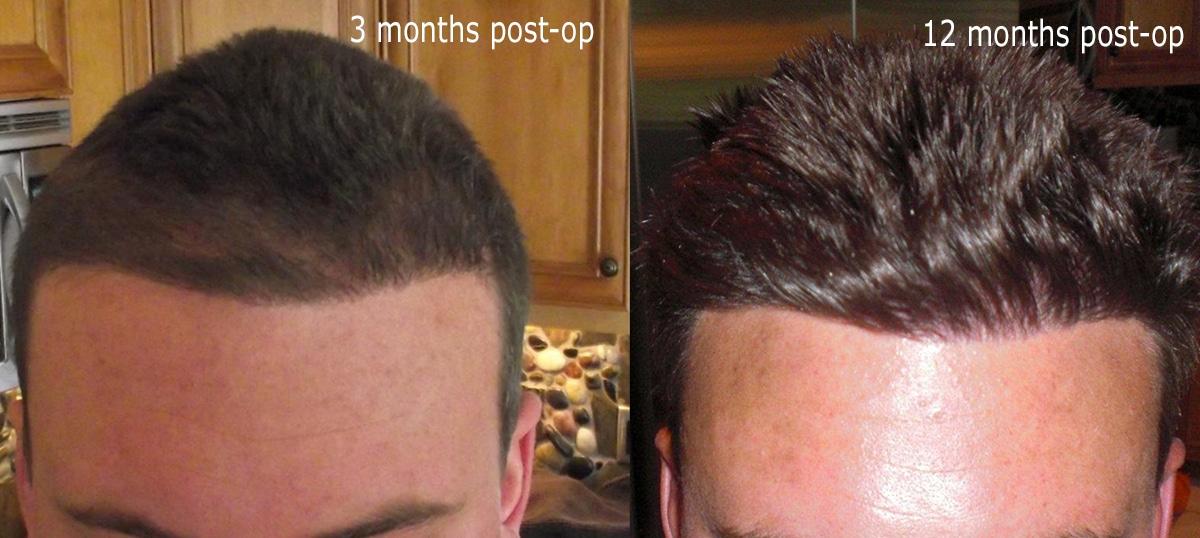Hair Care Routine After a Transplant: What to Do and Avoid

Hair transplants can be life-changing, giving individuals the confidence that comes with a fuller head of hair. However, ensuring the success of the procedure and achieving optimal results requires proper post-transplant care. This guide outlines a detailed hair care routine after a hair transplant, including what to do and what to avoid, to promote healing and long-term hair growth.
The First 24-48 Hours Post-Transplant
The initial days after a hair transplant are crucial. The transplanted follicles are still very delicate, and your scalp needs time to heal. Here are the steps to follow during this period:
-
Protect the Transplanted Area: Avoid touching or scratching the grafts. Keep the area clean and dry to prevent infections.
-
Stay Upright: Sleep with your head elevated on a pillow to minimize swelling.
-
Avoid Washing: Do not wash your hair during this time. Your surgeon will advise when you can start washing and how to do it properly.
-
No Physical Strain: Refrain from any strenuous activities or exercises to prevent sweating, which can irritate the scalp.
Days 3-7: Gentle Care Begins
Once the critical first few days are over, you can begin introducing gentle hair care practices. Here’s what to do:
-
Wash Your Hair Gently: Use a mild, surgeon-recommended shampoo. Pour water gently over your scalp instead of using a strong water stream. Avoid rubbing the transplanted area.
-
Moisturize the Scalp: Some doctors recommend using a saline spray or moisturizer to keep the scalp hydrated.
-
Avoid Direct Sunlight: If you need to be outside, wear a loose-fitting hat or use an umbrella for protection.
What to Avoid:
-
Hot showers, as they can irritate the scalp.
-
Using hair dryers, especially on high heat settings.
-
Applying hair products like gels, sprays, or oils.
Weeks 2-4: Managing the Shedding Phase
During this period, you might notice some shedding of transplanted hair. This is normal and part of the growth cycle. Focus on:
-
Following Doctor’s Instructions: Continue using the recommended shampoo and moisturizing products.
-
Massaging the Scalp: Gentle scalp massages can improve blood circulation and promote healing.
-
Avoiding Hair Styling: Keep styling to a minimum to avoid stressing the grafts.
What to Avoid:
-
Excessive combing or brushing of the transplanted area.
-
Swimming in pools or the ocean, as chlorine and saltwater can harm healing follicles.
Month 2 and Beyond: Promoting Hair Growth
By this time, your scalp will have healed significantly, and the focus shifts to maintaining healthy hair growth.
-
Introduce a Healthy Diet: Eat nutrient-rich foods that promote hair health, such as leafy greens, nuts, fish, and eggs.
-
Use Gentle Products: Stick to sulfate-free shampoos and conditioners.
-
Consider Supplements: Biotin and other hair supplements can support hair growth, but always consult your doctor before adding supplements to your routine.
What to Avoid:
-
Overusing heat tools like curling irons or flat irons.
-
Skipping follow-up appointments with your doctor.
Key Lifestyle Changes to Support Hair Health
-
Stay Hydrated: Proper hydration supports overall skin and hair health.
-
Quit Smoking: Smoking can restrict blood flow, which may negatively impact hair growth.
-
Manage Stress: High stress levels can contribute to hair loss. Consider practices like meditation, yoga, or regular exercise to stay relaxed.
Conclusion
Caring for your hair after a transplant is essential for achieving the best possible results. Following a well-structured routine, avoiding harmful practices, and maintaining a healthy lifestyle will support the healing process and encourage strong, healthy hair growth. Always consult with your hair transplant surgeon for personalized advice and follow-up care to ensure the success of your procedure.
- Art
- Causes
- Crafts
- Dance
- Drinks
- Film
- Fitness
- Food
- Games
- Gardening
- Health
- Home
- Literature
- Music
- Networking
- Other
- Party
- Religion
- Shopping
- Sports
- Theater
- Wellness


